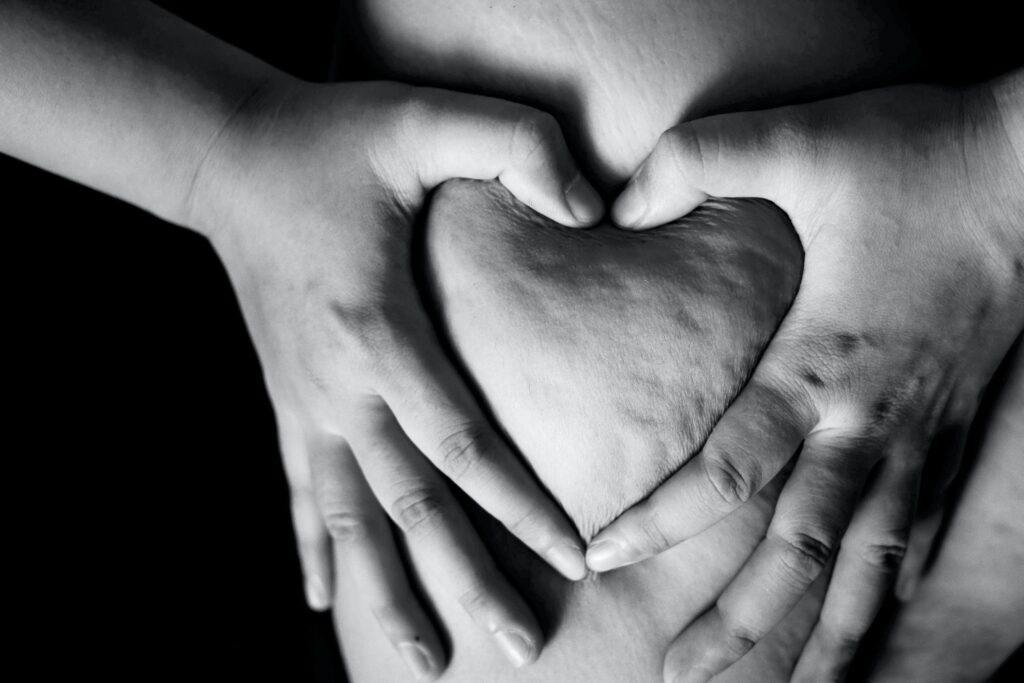
Attachment Styles 101
An introduction to how we relate to others
Attachment styles develop early in childhood, forming the basis for how we experience social, intimate, and even work relationships in our adult life.
We tend to find that we have a ‘need to belong’, and according to social psychologist Roy Baumeister this largely influences our social behaviour.
Developing meaningful relationships are therefore necessary to have a sense of belonging and connection.
Undeniably, relationships are complex in nature so if your attachment style is insecure then this can lead to increased feelings of anxiety, panic, and stress when (expected) difficulties emerge.
John Bowlby was a psychiatrist and psychoanalyst who developed attachment theory in the 1950s. He identified four adult attachment styles:
1. Anxious-Preoccupied
2. Avoidant-Dismissive
3. Disorganised/Fearful-Avoidant
4. Secure
Before looking at each attachment style, it’s worth noting that this can be seen as a continuum rather than being place into a concrete box. We can heal our attachment style from insecure to secure, and it’s possible to have differing attachment styles depending on the relationship.
1. Anxious-preoccupied
Adults with an anxious attachment style will often place others above them, relying on their loved one’s attention and support for relief from anxiety. The thought of being without their loved one will trigger strong feelings of anxiety.
They will likely experience a fear of abandonment, worrying that their loved one will leave them and assuming that they are not as committed to the relationship as them.
Ultimately, people with this attachment style value their relationships highly and do whatever they can to seek safety and approval. This can result in clinging and demanding to their loved one instead of being able to self-regulate.
To learn about how you can navigate this attachment style, check out this guide.
2. Avoidant-dismissive
Those with an avoidant attachment style will typically avoid emotional closeness as they do not want to depend on others or have others depend on them.
They may still socialise with others regularly, but on an emotional level they are independent and self-sufficient.
Research has shown that adults with this attachment style are more likely to engage in casual sex as they experience little distress if a relationship ends. They often struggle to share their thoughts and feelings with loved ones, therefore finding intimacy difficult.
There are superpowers of dismissive avoidant attachment though, check this blog post out.
3. Disorganised/Fearful-avoidant
Adults with a fearful avoidant attachment style often show that they want to be close to others whilst also distancing themselves. They crave connection and support, and they fear it at the same time.
Those with this type of attachment may struggle to regulate their emotions and avoid strong emotional attachments due to their fear of getting hurt. They may even believe that they are unlovable, distrusting others to support and accept them for who they are.
To learn more about this attachment style, have a read of this blog post.
4. Secure
The secure attachment style differs from the three insecure attachment styles listed above. To have a secure attachment style means having relationships that are based on emotional closeness, a healthy amount of reliance on one another, tolerance, and honesty.
These adults can rely on themselves just as much as they rely on others, and they tend to have a positive self-image where they believe that they are worthy of safety and support.
In an ideal world, we would all have a secure attachment style and feel comfortable with expressing our emotions to our loved ones.
Secure adults are able to support adults with insecure attachment styles in moving from a place of insecurity to security within their relationships.
To learn more about secure attachment from childhood to adulthood, take a look at this blog post.
The Attachment Project offer a free quiz to start the journey of developing an understanding of your personal attachment style.
At Talk Twenties, we encourage you to explore all of this with lots of curiosity and compassion.
We weren’t in control of our earlier experiences that shaped how we relate to others. We do however, have the power to change.


